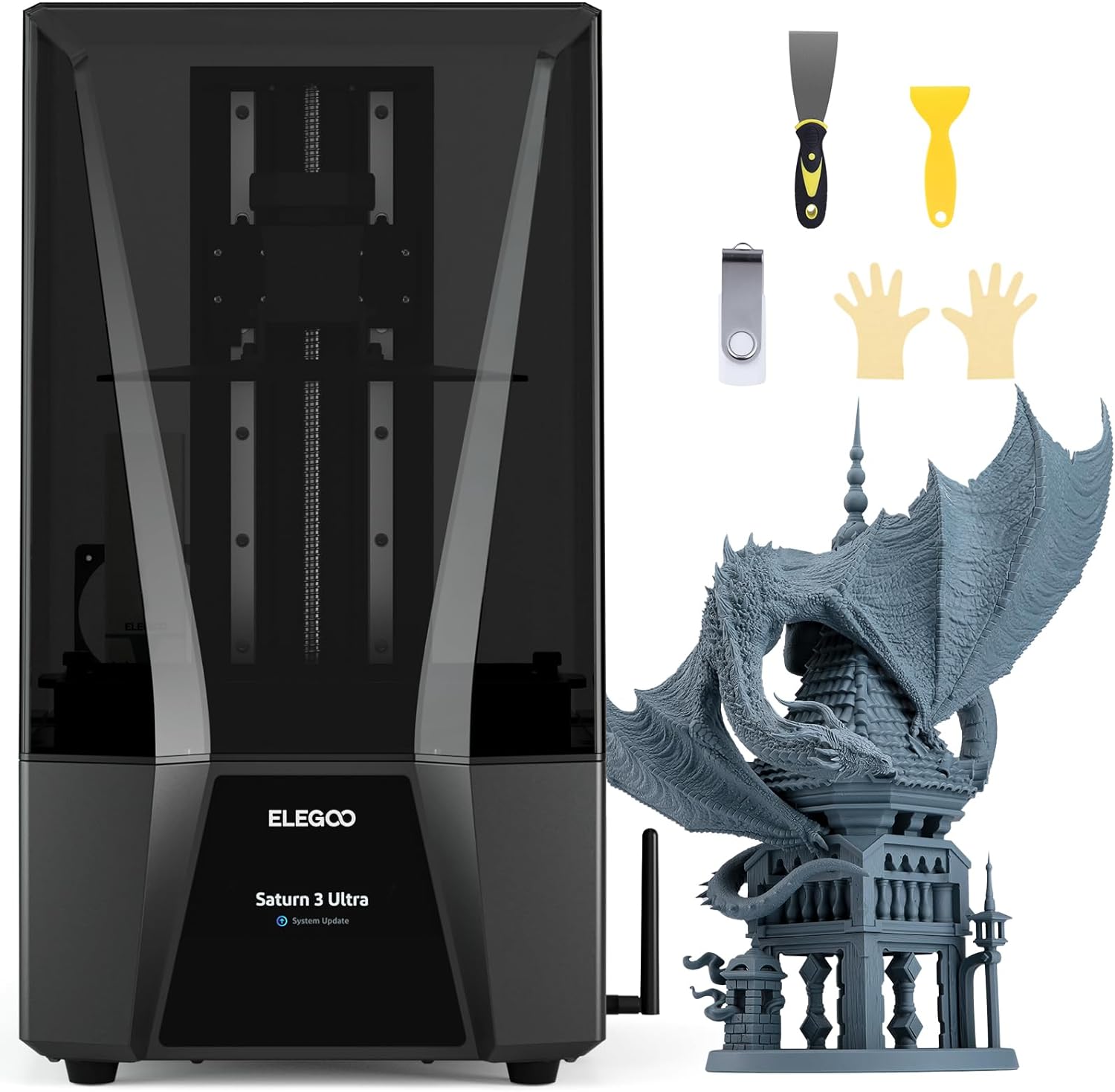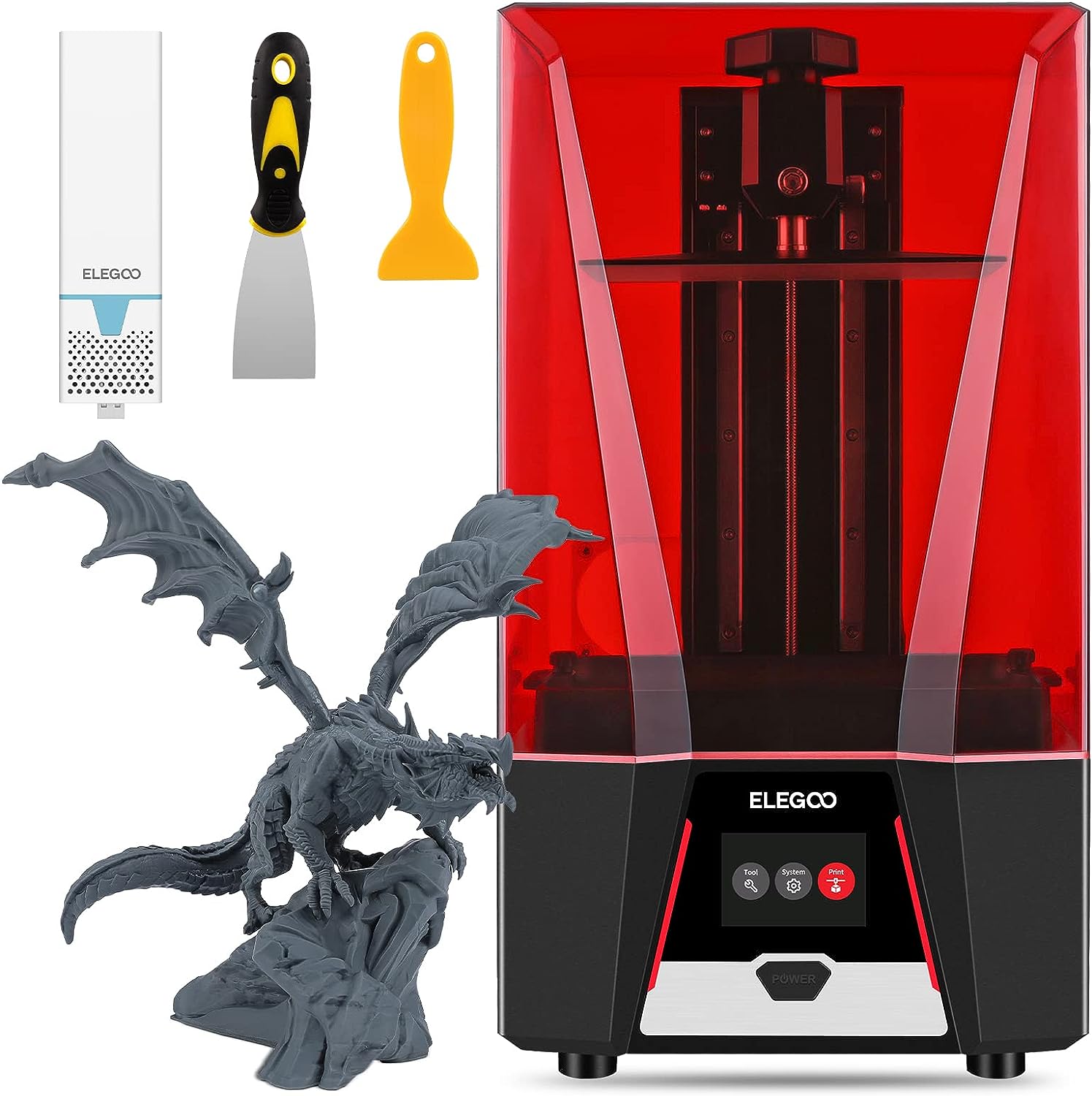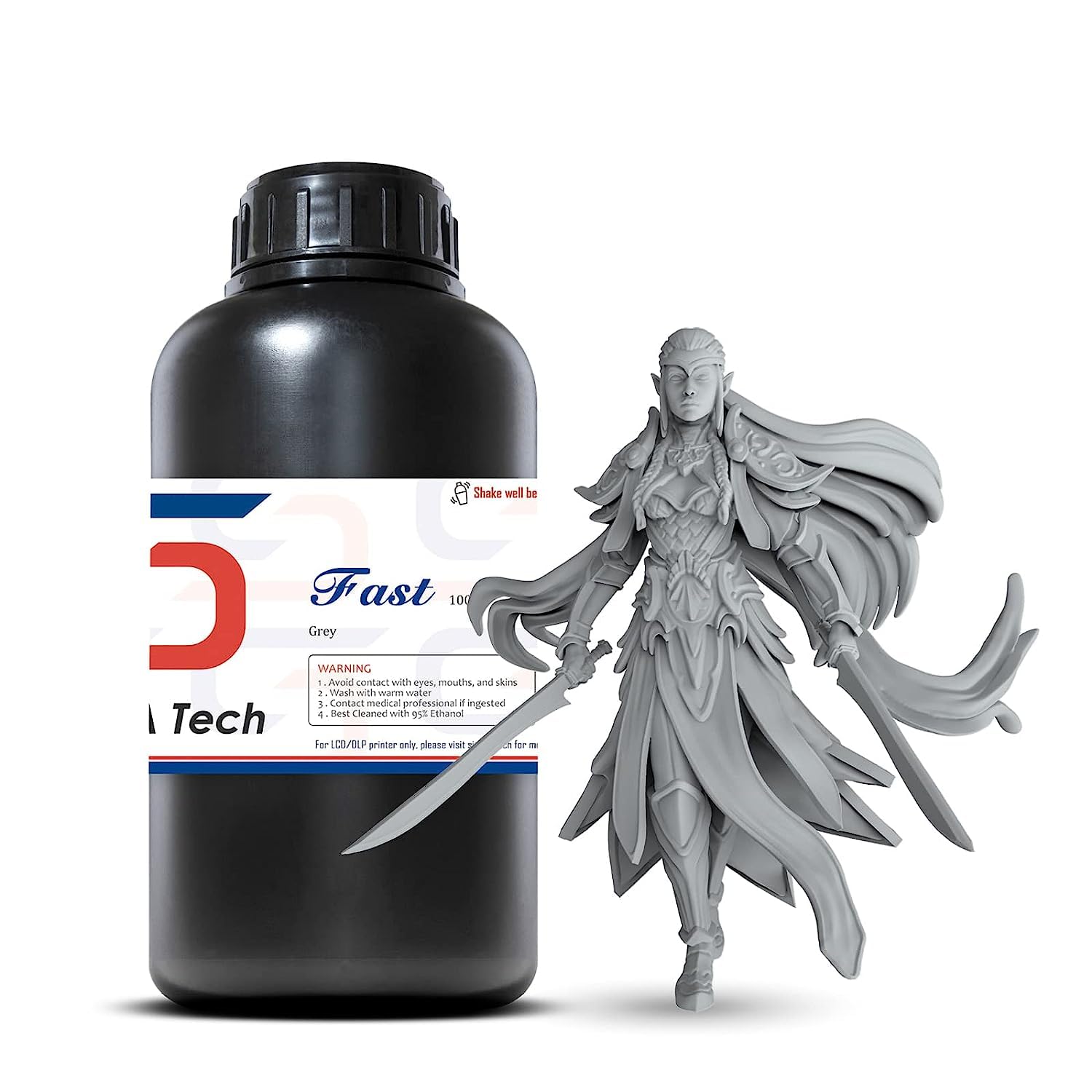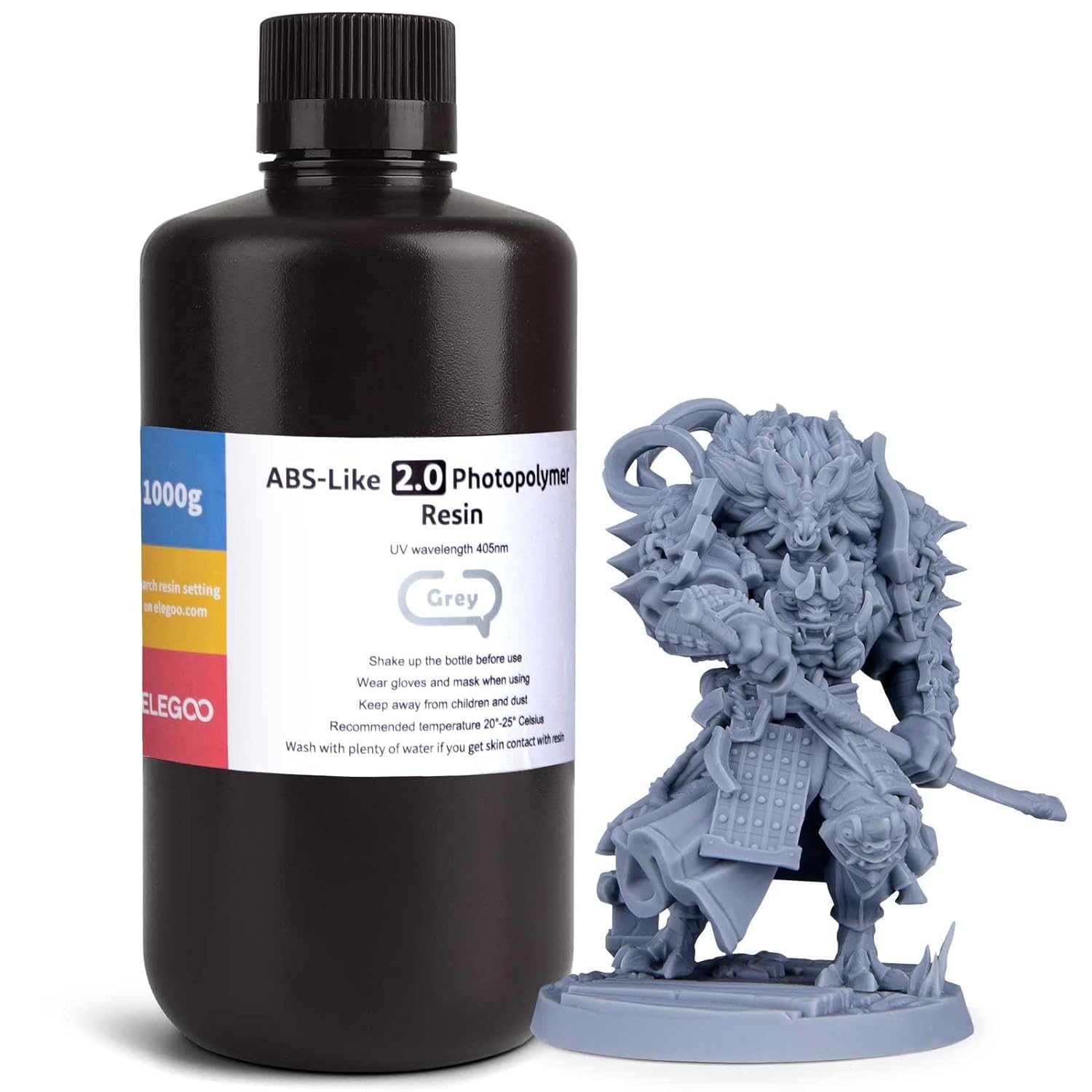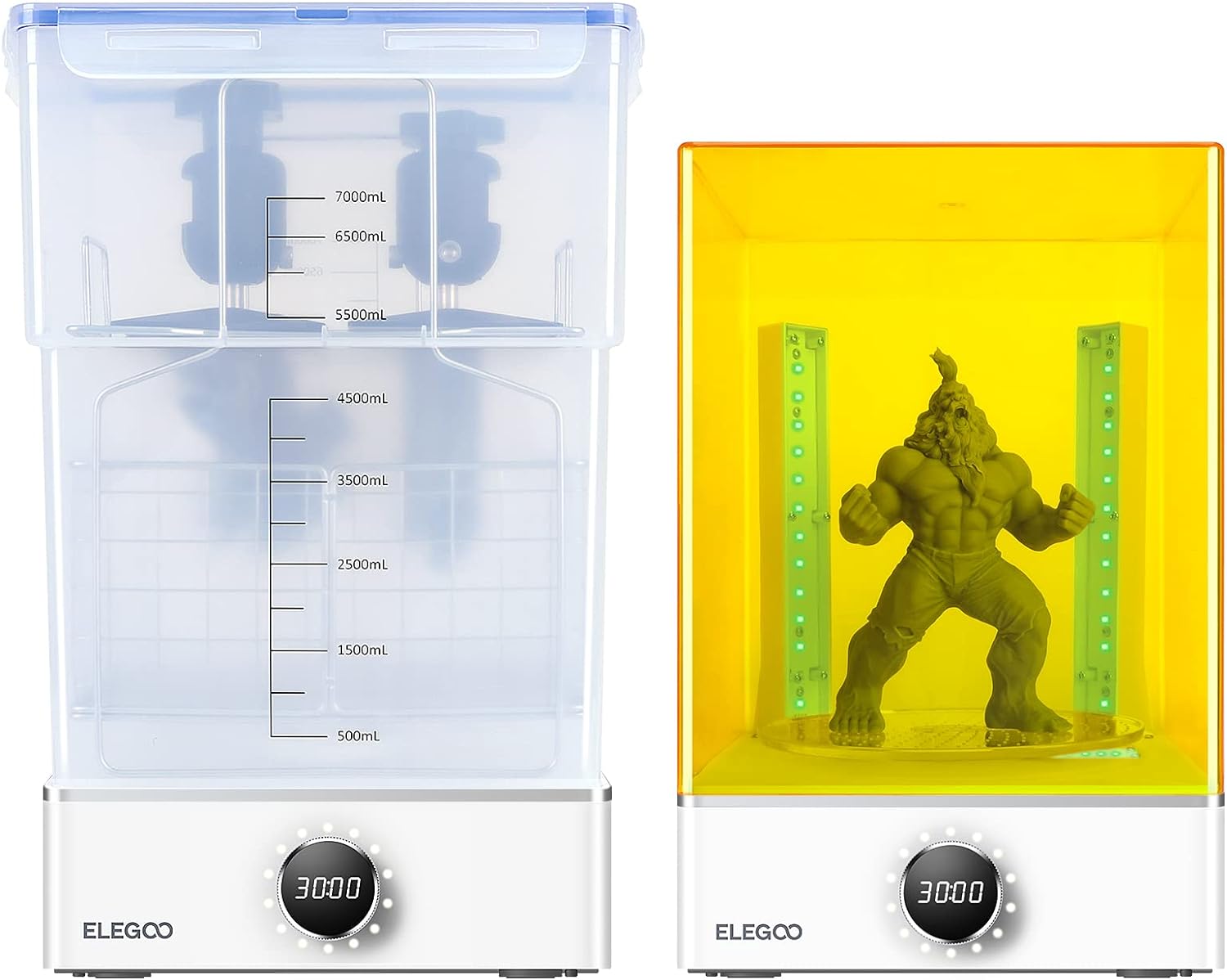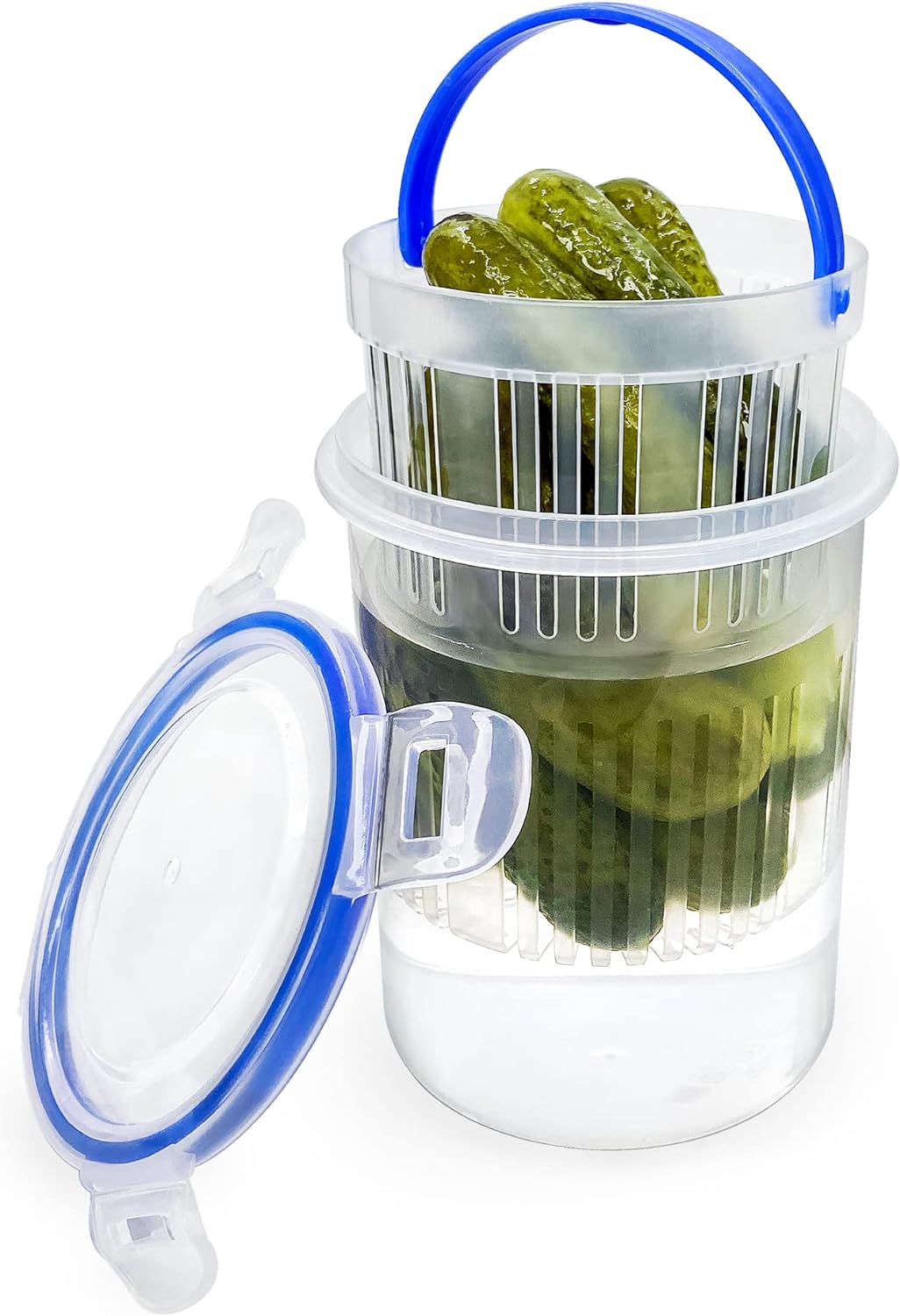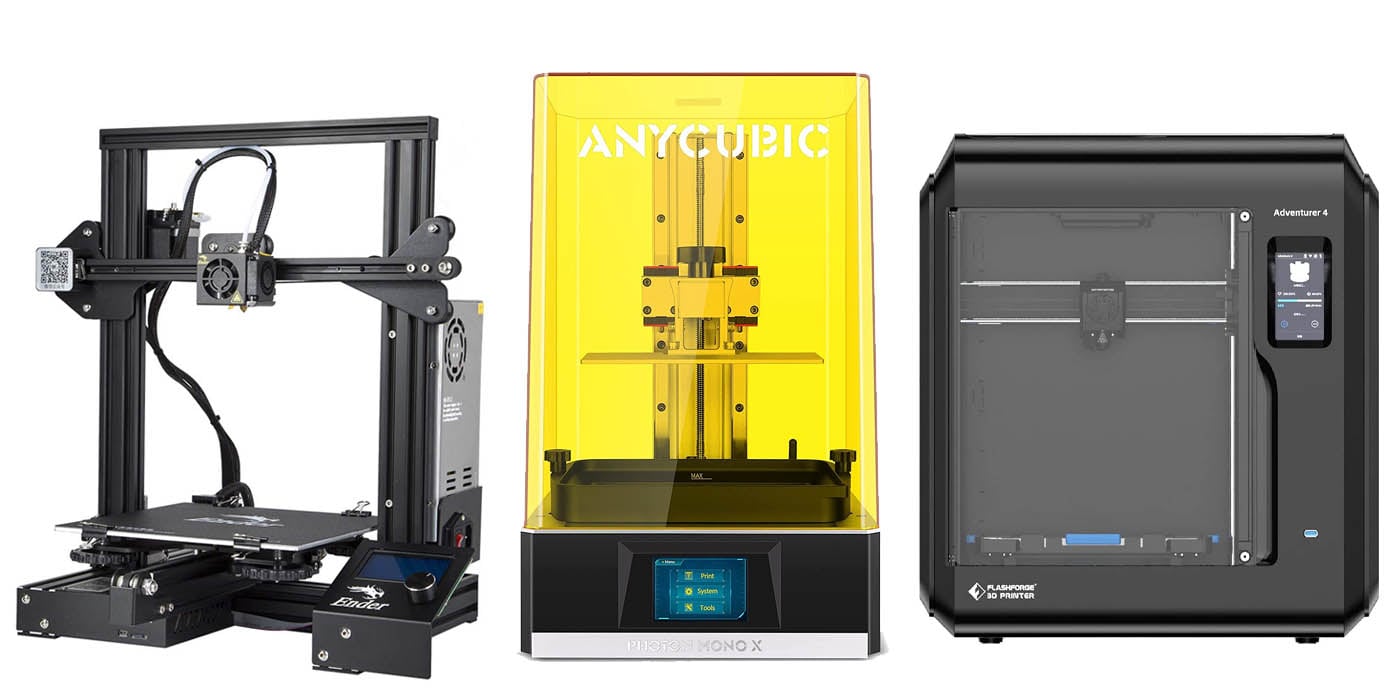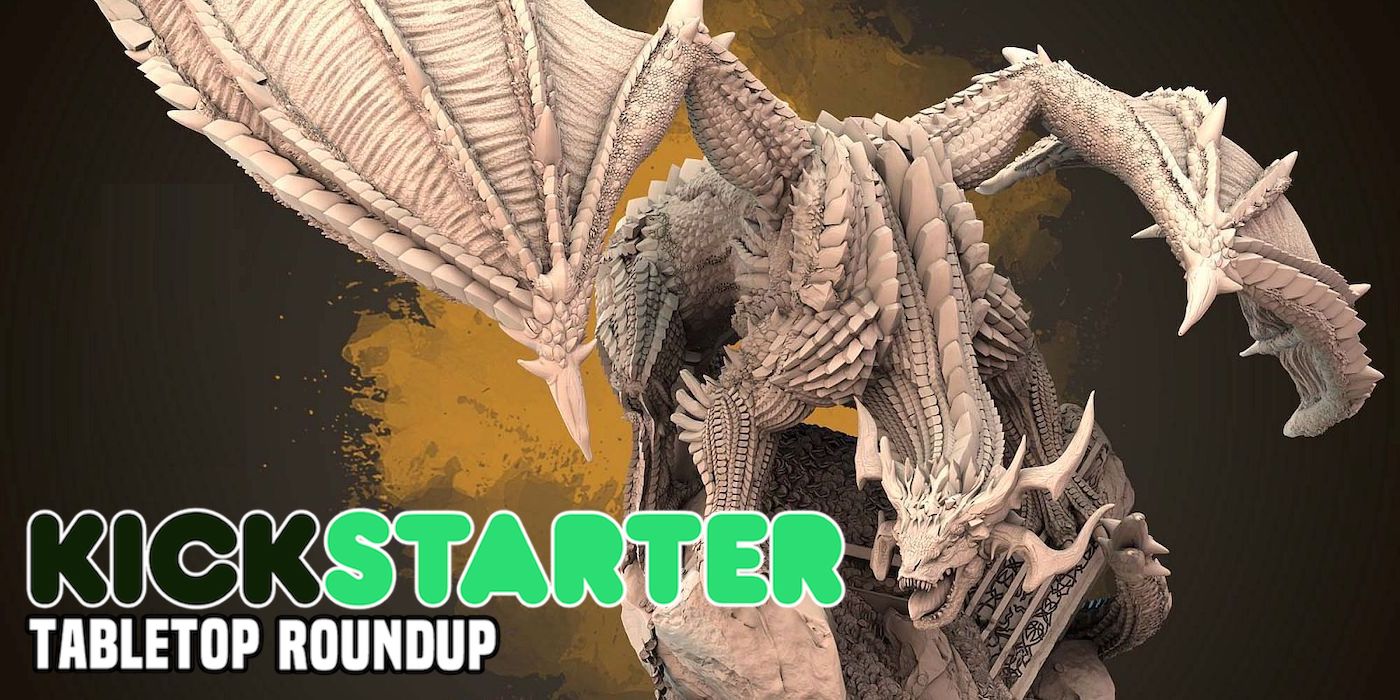Everything You Need to Start 3D Printing Miniatures – 2023 Black Friday Buyers Guide
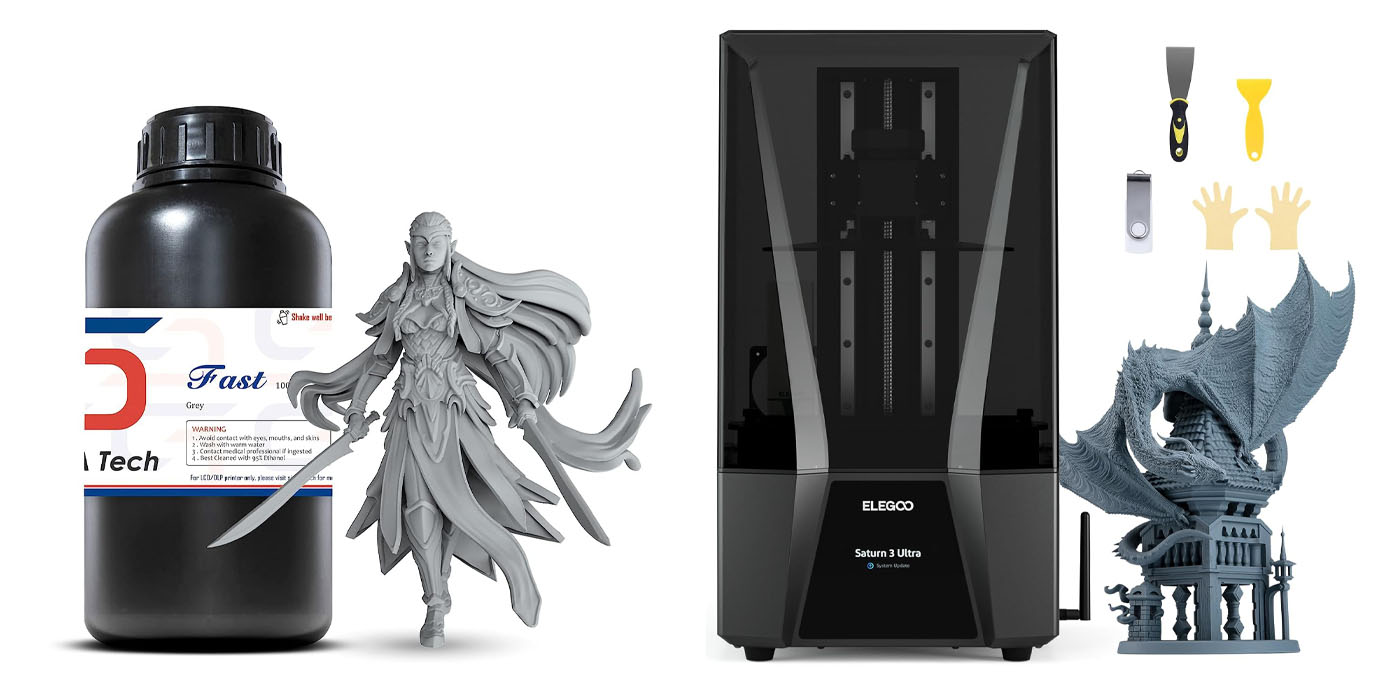
Here’s our 2023 guide to getting started with 3D Printing miniatures. This is geared toward the total novice looking to get the most out of your money!
With the holiday season quickly approaching and Black Friday right around the corner, I wanted to talk a bit about getting started with resin 3D printing (SLA or DLP). If you’re shopping for a loved one or just gifting yourself a printer this year, we here at BoLS have you covered for recommendations. This is geared toward the total novice and will include suggestions and best practices to get the most out of your purchase.
1. SLA/DLP Resin 3D Printer
The first thing you really need to start printing is…you guessed it, a printer. This is generally the big purchase constituting several hundred dollars. With so many options out there and seemingly endless entries at nearly every price category, it can be hard to decide on what to buy. Having been printing for a few years now, I can say without a doubt you want a printer that is widely used and comes more or less assembled if you’re a novice.
If you’re interested in printing miniatures and game pieces, your best bet is to go with a minimum 8k resolution printer from a reputable brand such as Elegoo, Anycubic, Peopoly or Phozen. Resolutions generally range from 4k-12k. Much like your TV or computer monitor, the resolution will determine how fine a detail you can achieve. The next thing I’d look at is what are you planning to print? If you’re going to be printing small miniatures and game pieces, you can probably get away with a smaller printer such as the Anycubic Mono, Phozen Sonic Mini 8k or the Elegoo Mars. These generally have 6-8-inch print beds and are extremely cost-effective.
If you are planning to print large figures such as comic displays vehicles or even terrain, it might be worth stepping up to a midsize or even large machine such as the Elegoo Saturn, Anycubic Photon, or Phozen Mighty 8k. As you can imagine, the price point goes higher, and things get more expensive the bigger you go. Regardless of what printer you end up with, you will need to test and calibrate it to ensure that your prints come out as they should. The Elegoo Saturn 2 or Elegoo Saturn 3 is arguably the most popular 3d printer for tabletop hobbyists for its price point, build stage size, overall quality, and large active community.
Elegoo Saturn 3 Ultra
Elegoo Saturn 2
Anycubic Photon Mono 15
Along with Elegoo, Anycubic is a major player in the home 3d printing space. The Anycubic Photon Mono M5 12K printer has outrageous detail capability and a sizeable print bed perfect for most miniatures projects.
2. Resin
Choosing a resin can be a little challenging. Not only are there dozens of different brands now, but also hundreds if not thousands of different types for a variety of applications. For miniatures printing I generally use ABS Like resins. These resins provide a nice mix of durability for gaming and high detail for painting and modeling.
Siraya Tech Fast ABS Like resin is excellent. It spreads out quickly over the print screen and is resilient and durable once cured. If you’re playing tabletop games you’ll be hard-pressed to find a better resin for ease of printing.
Elegoo ABS-Like 3d Printer Resin 2.0 is excellent at its price point and has qualities that make it ideal for miniatures. It’s formulated for high-resolution printers and is geared toward miniature printing.
3. Wash & Cure Stations![]()
While not an absolute necessity, this is definitely an item worth picking up if you plan to print things in quantity. Once you’ve completed your prints, you’ll need to remove excess resin. Depending on what resin you’ve used, you may be able to rinse your pieces with water (water-washable resin) or clean them up with a bath in 95% Isopropyl Alcohol (IPA). The rule of thumb for me is that I want to be able to wash the miniatures while still on the build plate, so it is important to get a size wash station that can accommodate the build plate you’re using.
Elegoo Mercury X Bundle Wash and Cure Station Set comes with an independent Wash station and cure station, a wash tank for your rinse liquid, and a UV protective hood and light sources for curing your miniatures.
Other options I’d recommend looking at are: Anycubic Wash and Cure 3.0 or Any Cubic Wash and Cure 3.0 Plus, depending on the size of your printer. If money is tight and you want to wait on this purchase, I recommend a pickle container. This is an inexpensive plastic jar that holds your rinse liquid and has a strainer with a handle. It’s worth having two of them, one for a first general rinse and another with clean or fresh rinse liquid to get all the debris off. Doing two stages ensures that you get all the resin off your model prior to curing. Excess resin left on models will obscure details and potentially adhere your model to your cure station.
Curing a model doesn’t need a fancy cure station. It’s easy enough to let it dry after the rinse step and then place it out in the sun. Make sure to go out every so often and rotate the model so all of it gets cured. I do this often, especially for larger models that might not fit within my curing station. Or if I’ve printed a huge amount of parts of miniatures and I want to batch cure them quickly, I put them on a cafeteria tray and place them outside on a sunny day.
4. Odds & Ends
Isopropyl Alcohol – this is generally the liquid used for rinsing your miniatures; you’ll probably need a gallon or two depending on your wash station or cleaning container
Nitrile Gloves – You’ll want these to protect your hands from the resin as well as the IPA when you’re handling uncured resin or rinsing your models. Both of the chemicals can be harmful and can burn your skin with exposure. Be smart. Just use the gloves.
Putty Knife – You’ll want a putty knife to help you remove models and supports from your build plate. Brand here doesn’t matter, and its likely going to get saturated in liquid resin over time. Don’t invest heavily here. It’s a tool that is going to get beat up with use.
Silicone Spatula – You’ll need to get some kind of stick to stir your resin with. If you’re going a couple of days between prints, liquid resin has a tendency to separate. This is easily fixed by stirring it or removing it from the VAT, filtering it, and shaking it up again. A silicone spatula will help you stir the resin and will also ensure that you don’t damage the FEP (clear plastic bottom of the VAT that lays over the SLA screen). The FEP is a consumable material and will need replacement after 50-100 uses. You can elongate your FEPs lifespan by periodically filtering your resin to remove small cured chunks, using a spatula to stir resin in the VAT, learning how to properly place and support miniatures in your slicing software, and having a well-calibrated printer.
Screen Cover – Your printer is an investment, and parts will get damaged or break over time. It’s the nature of 3D printing right now. One of the most expensive and hard-to-replace items is the SLA or DLP screen that displays the UV light patterns under the FEP. If resin gets cured on the screen or you happen to damage the film on the screen you’re probably looking at replacing the entire screen, which can run about $100 or more and sideline your printing dreams.
I HIGHLY recommend investing in a screen protector. This is similar to the covers that protect your phone screens and is fairly inexpensive. You will not regret this purchase.
Replacement FEP – the only thing worse than damaging your FEP is not having a replacement. You should have a few extras on hand to replace yours when it eventually tears, gets a hole, or gets too clouded that it begins to impact print quality. Buy the one made for your printer.
Well, folks, that’s a wrap for 3D printing Buyers Guide 2023. There isn’t a better time than now to get into this awesome and rewarding hobby. I’m sure we missed something.
What hacks or tips do you have for the novice printers out there? Is there any purchase that you’ve made for your 3D printer setup that has significantly improved your work flow or printing?

